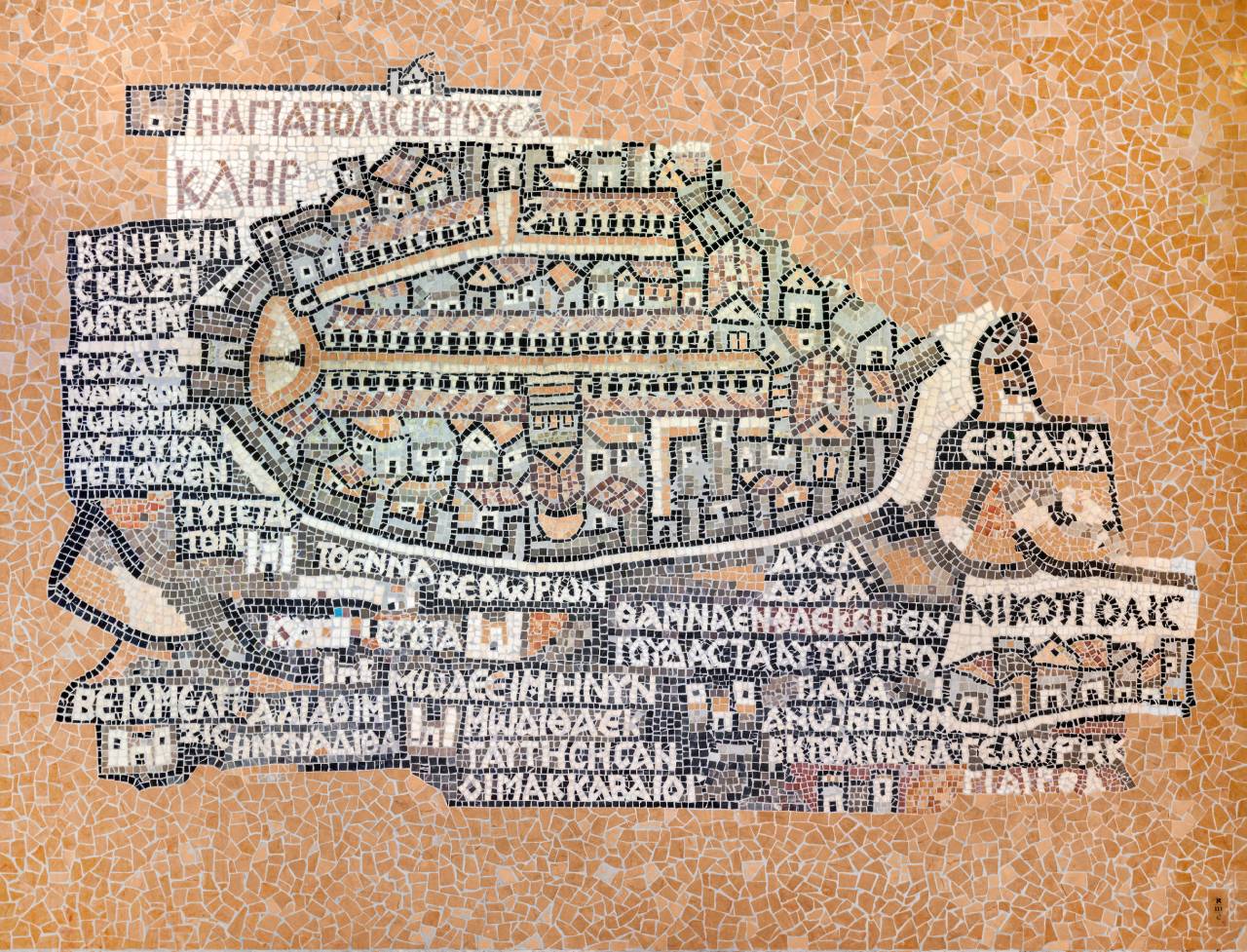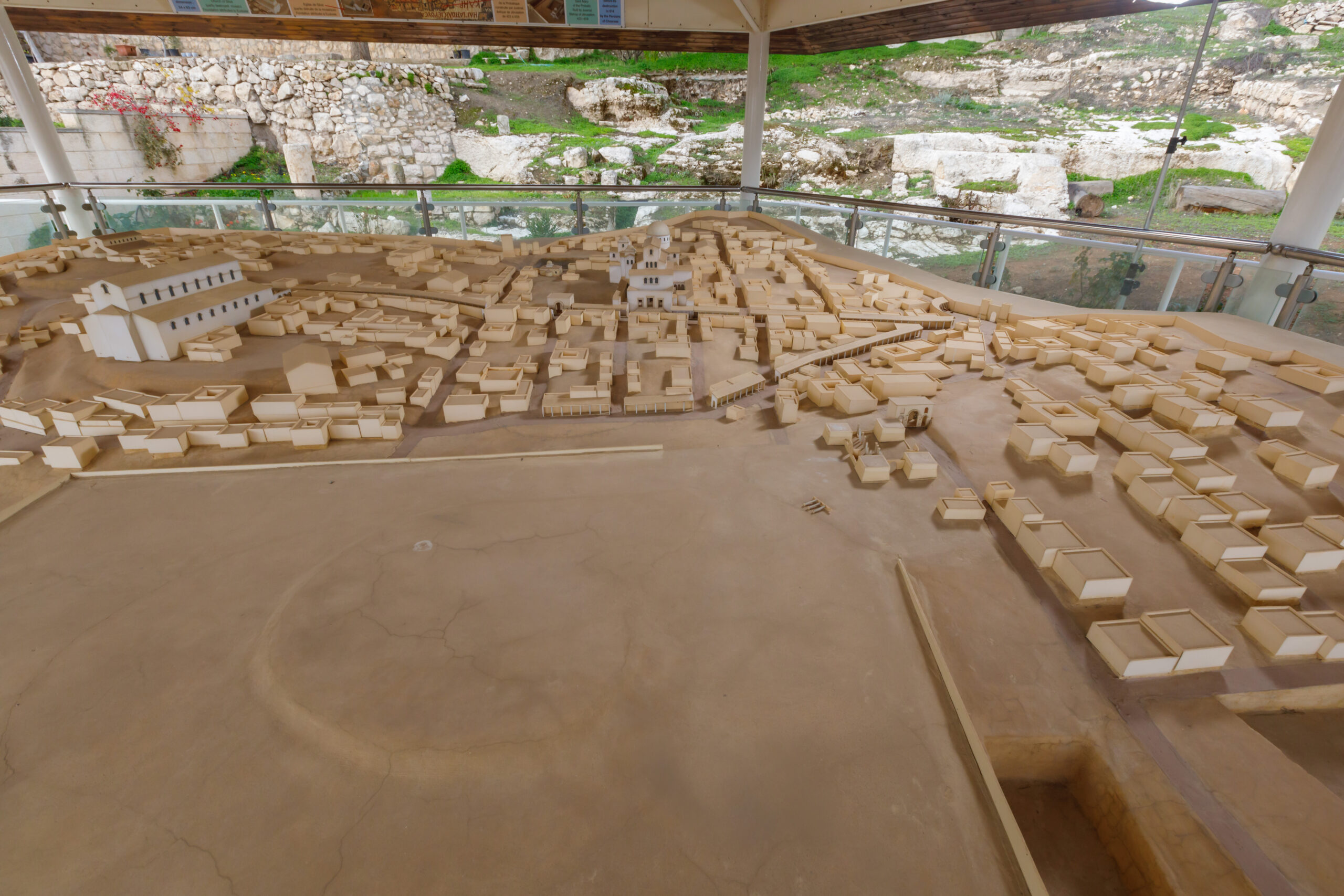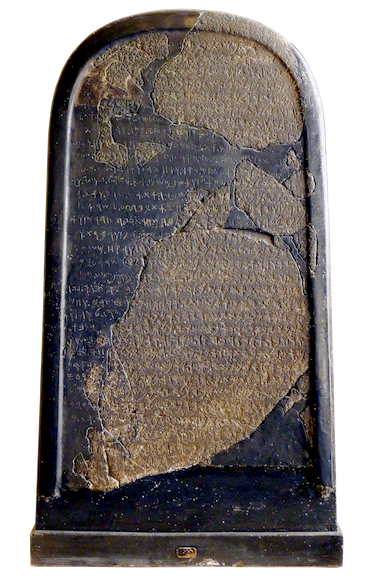A Magnificent City with a Ruin in its Heart
One must not be [frivolous] near the eastern gate, for it is near the foundation of the house of the Holy of Holies. One may not enter the Holy Mount with his staff or his sandal, or with his belt pouch, or with dust on his feet, and may not make a shortcut, and spitting is forbidden...
MISHNAH, BERACHOT 9, 5
In the picture: A model of Jerusalem from the Byzantine period in the Tower of David Museum. Among the churches built in Jerusalem, one of the most prominent is the Church of the Holy Sepulcher (today in the heart of the Christian Quarter), and the Maria Nea Church (the New Mary Church), whose remains were discovered on the outskirts of the present-day Jewish Quarter. Streets were paved in the city, which was surrounded by huge monasteries.
The Temple Mount appears in the model as a ruin. However, new evidence shows that a church was apparently built on the southern side. Most of the Mount remained in ruins and became a garbage dump, to emphasize the destruction of Judaism.
The verses quoted above from the Mishnaic tractate Berachot state the rules regarding entry to the Temple Mount, which remained sacred although it lay in ruins.











